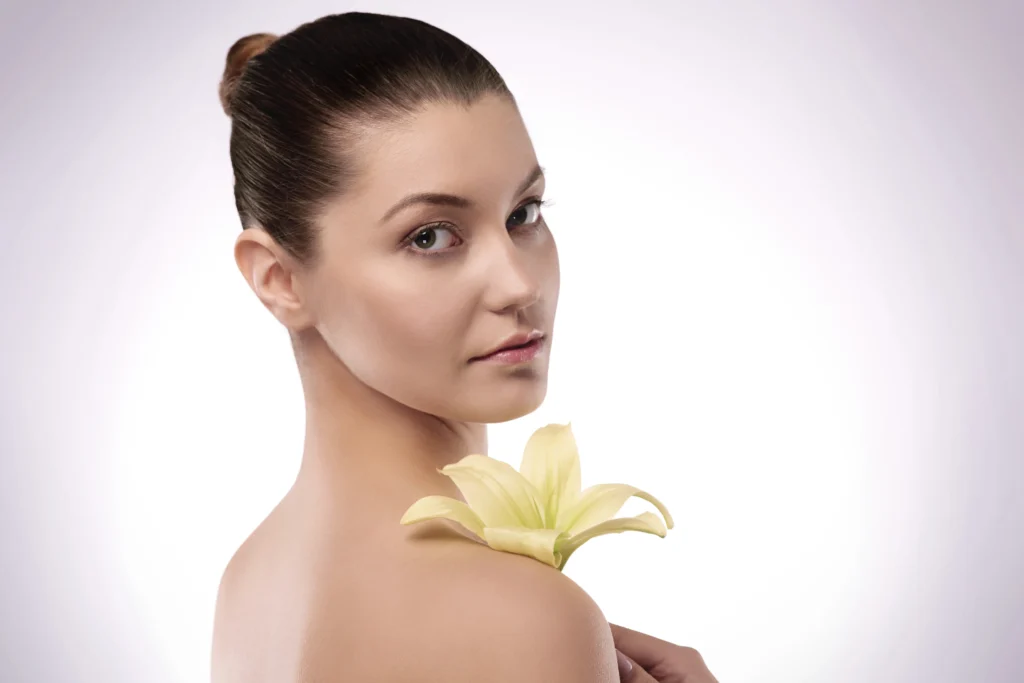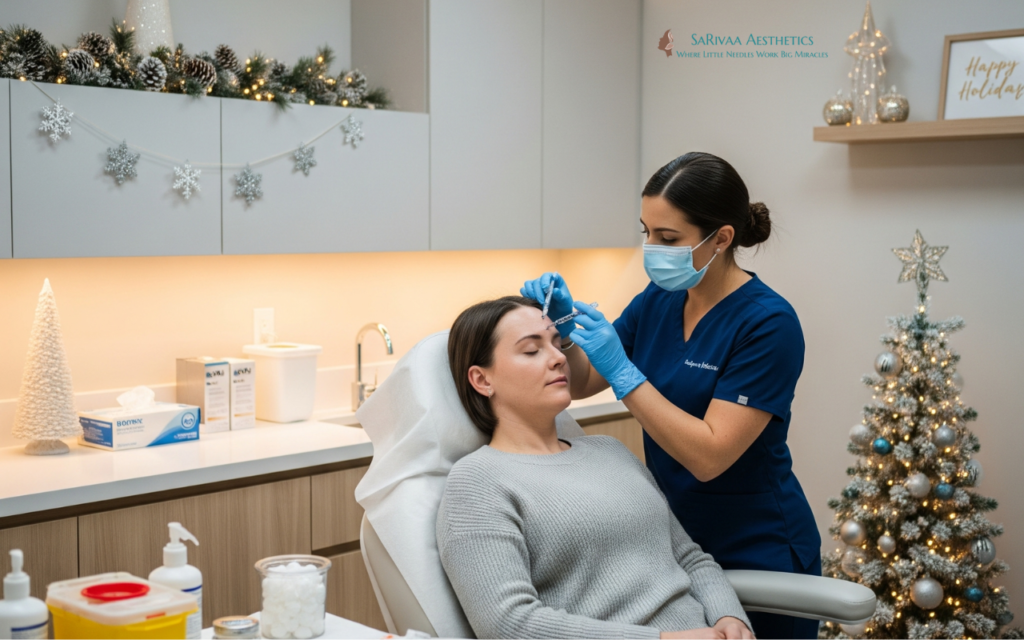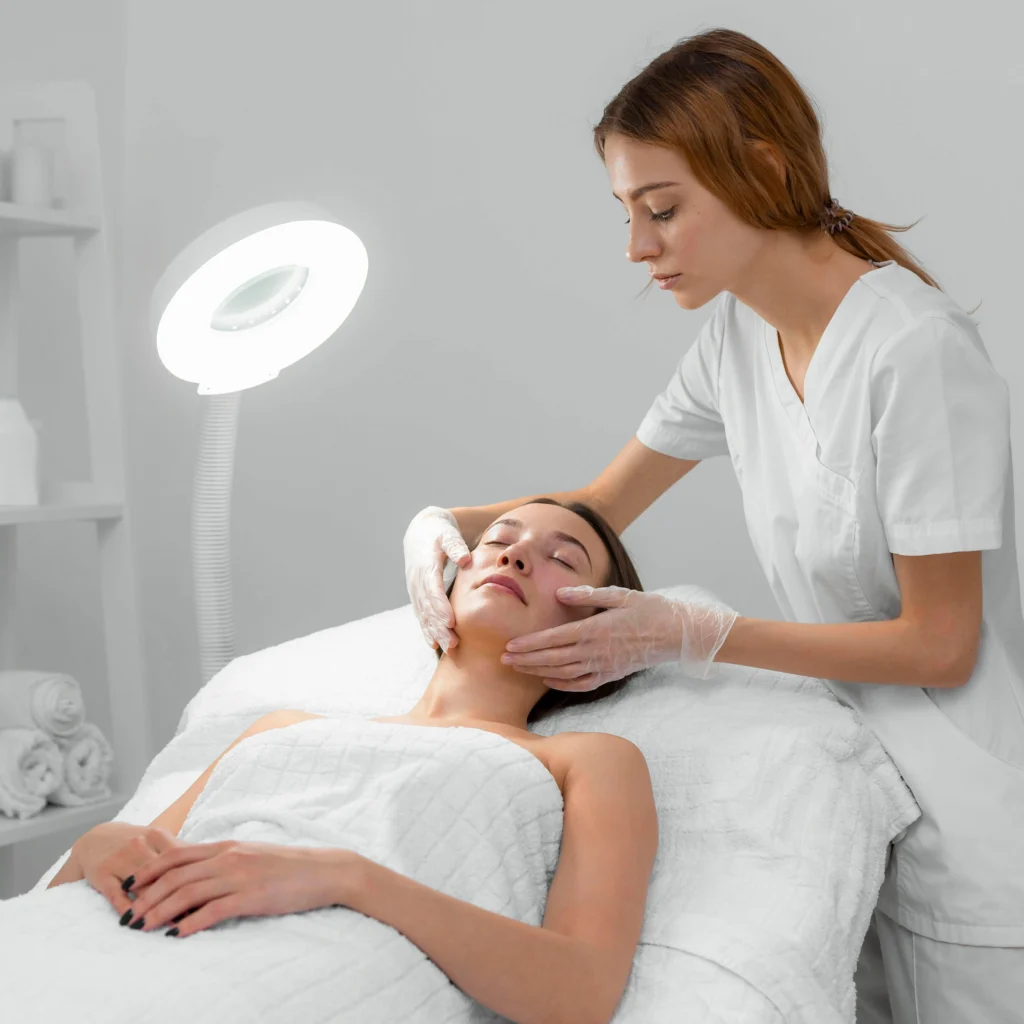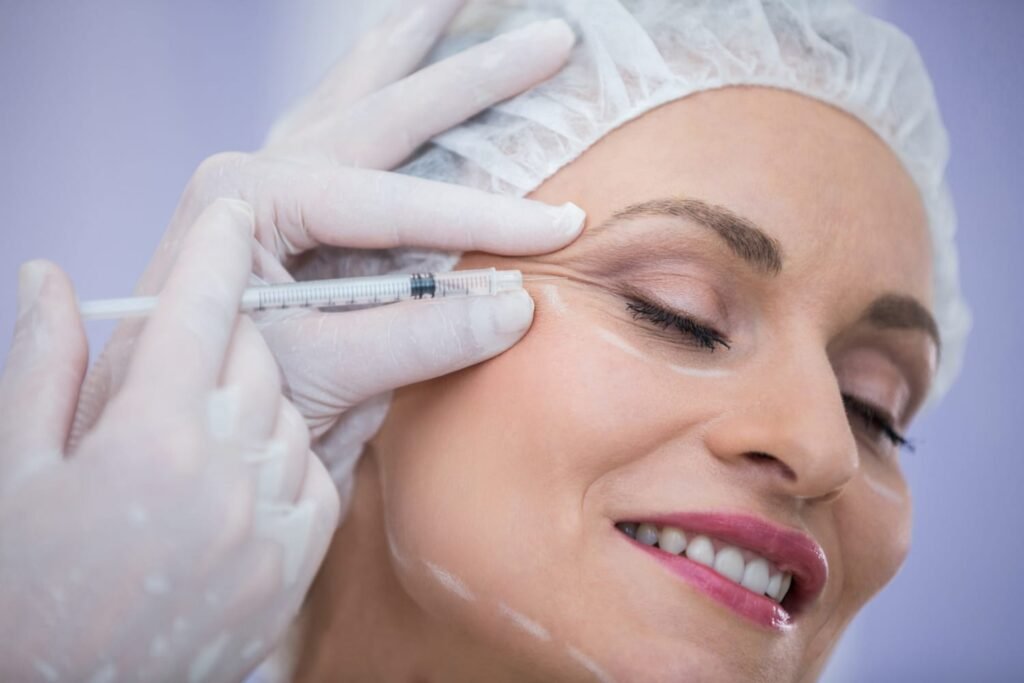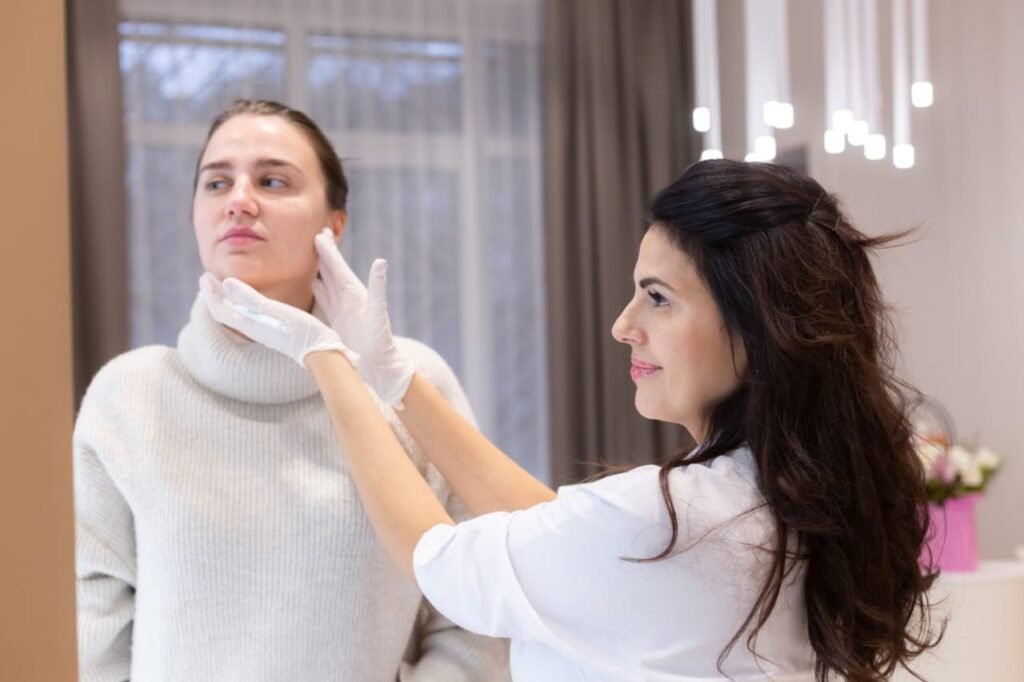What Can Lanluma Treatment UK Do for Your Natural Look?
What Can Lanluma Treatment UK Do for Your Natural Look? There are as many people as ever opting to use non-surgical treatments to rejuvenate their looks and regain confidence. One of the more thrilling solutions now in the marketplace is Lanluma treatment UK, a collagen-stimulating injection that adds volume and enhances shape without a surgical procedure. Unlike quick solutions, Lanluma utilizes your body to boost collagen, achieving long-lasting changes over time naturally. If you feel the need to improve your facial shape, regain youthful fullness, and tone your body, Lanluma is a safe and practical option. In this blog, we explore how it works, its numerous advantages, and why it is fast becoming a favourite in the UK. What is Lanluma? Lanluma is a unique injectable that works differently from traditional facial contouring fillers. Instead of simply adding gel-like volume under the skin, Lanluma encourages your body to produce more collagen. This natural response means results develop gradually, with improvements that look soft, natural, and long-lasting. When people search for Lanluma before and after results, they often notice how subtle yet transformative the changes are. From smoother skin to fuller contours, Lanluma stands out as a treatment that restores confidence without creating an artificial look. Why Collagen Levels Decline with Age? Collagen is a type of protein that keeps our skin smooth and young. However, collagen levels in our bodies decrease as we get older, leading to sagging, wrinkles, and a loss of natural shape. Lanluma treatment UK works by stimulating new collagen production, giving the skin and tissues the support they need. This process takes time but offers something remarkable: results that look and feel entirely natural. By working with your body, Lanluma helps boost collagen naturally, meaning the improvements continue to develop for months after the treatment. Discover the Life-Changing Benefits of LanlumaThe popularity of Lanluma treatment in the UK comes down to the many benefits it offers: Non-surgical volume restoration – achieve fuller, smoother skin without invasive surgery. Natural results – gradual improvements that enhance your unique features. Long-lasting effects – results that continue improving for up to two years. Safe and versatile – suitable for different areas of the face and body. Minimal downtime – return to your daily routine quickly. In contrast to instant facial contouring fillers, Lanluma is a long-term treatment that is hard to detect. What Areas Lanluma Can Treat? Lanluma is versatile, making it suitable for both the face and body. Popular treatment areas include: Facial rejuvenation – cheeks, jawline, temples, and under the eyes. Lanluma facial contouring – restore balance, definition, and youthful curves. Body contouring – enhance the buttocks, thighs, and hips. Other areas – décolletage, hands, and arms, where volume has been lost. With Lanluma treatment UK, results are gradual and natural, avoiding the “overdone” look often associated with fillers. What to Expect During Treatment If you’re considering Lanluma treatment UK, here’s what usually happens: Consultation – an experienced practitioner evaluates your needs and develops a personal plan. Procedure – Lanluma is injected in the selected areas, and this is usually done under local anaesthetic to make it comfortable. Duration – the process would take about 30-60 minutes. Aftercare– Mild swelling or redness may be experienced, but this subsides very fast. In the subsequent weeks, your skin starts to transform as the increase in collagen production provides you with a natural glow and rejuvenated volume. Lanluma vs Traditional Fillers Many people compare Lanluma treatment UK with regular facial contouring fillers. While fillers provide instant volume, they only last for a short time and can sometimes look less natural. Feature Lanluma Treatment Traditional Fillers How it works Stimulates natural collagen production Adds temporary volume under the skin Speed of results Gradual improvements over time Instant results Longevity Long-lasting (up to 2 years or more) Short-term (6–12 months) Natural look Blends with the body’s natural shape It can sometimes look less natural Versatility Works for both face and body Mainly used for the face Who is Lanluma Suitable For? Lanluma is an excellent choice for anyone noticing signs of ageing, volume loss, or uneven contours. It’s ideal for: Adults who want subtle, natural improvements. People are looking for non-surgical volume restoration. People who would prefer to achieve lasting results as opposed to top-ups. It may not suit pregnant/lactating women and even those with certain health conditions, and a full consultation is always worthwhile. Real Results: Lanluma Before and After When looking at Lanluma before and after photos, the transformation is clear. Patients often notice: Fuller, more youthful contours. Smoother, firmer skin. Natural improvements in both face and body shape. The most exciting part? The results keep getting better over time, thanks to continued collagen stimulation. Many clients describe the changes as subtle but powerful, helping them feel confident and refreshed. Why Choose Sarivaa Aesthetics for Lanluma Treatment UK? At Sarivaa Aesthetics, we specialise in advanced non-surgical treatments that enhance natural beauty. Our team has extensive experience with Lanluma treatment UK, offering personalised care and outstanding results. Here’s why patients trust us: Specialised in safe, no-surgery treatments. Ample, welcoming, and professional clinic space. Put your focus on results that last naturally. Personalised plans created with your objectives in mind. Whether you are interested in Lanluma facial contouring or restoring youthful volume in other areas, our experts provide care that is both professional and personal. Conclusion Lanluma treatment UK is not only an aesthetic treatment but a non-invasive means to bring back your natural shape, boost volume, and achieve baby-soft, unsculpted skin. Through its ability to stimulate collagen naturally, Lanluma achieves subtle, yet lasting, and confidence-building results. Are you prepared to go through the magic of Lanluma and experience the change? Call Sarivaa Aesthetics today to arrange your consultation. Feel the difference for yourself and discover how this non-surgical collagen stimulator can help you look and feel your best.
What Can Lanluma Treatment UK Do for Your Natural Look? Read More »

